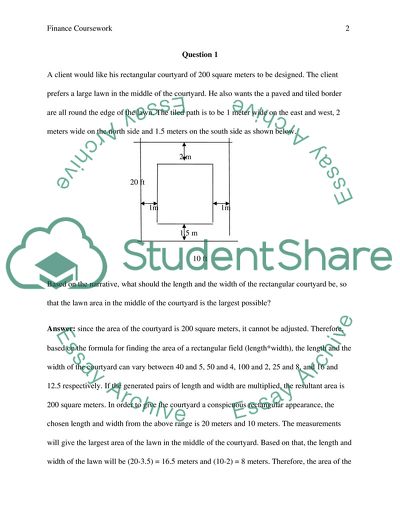Finance Coursework Example | Topics and Well Written Essays - 750 words. https://studentshare.org/finance-accounting/1858296-finance-coursework
Finance Coursework Example | Topics and Well Written Essays - 750 Words. https://studentshare.org/finance-accounting/1858296-finance-coursework.


